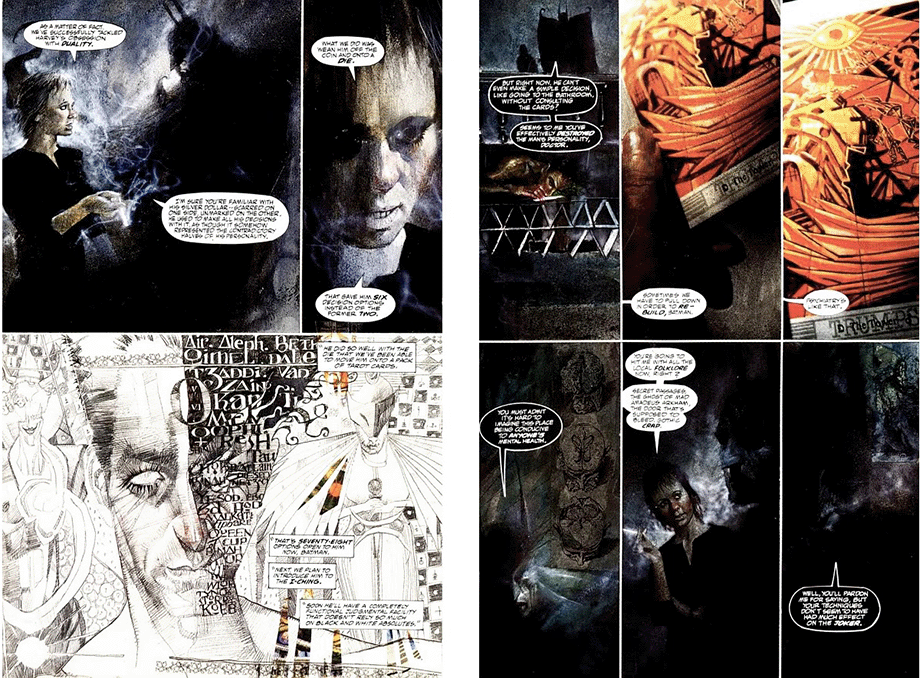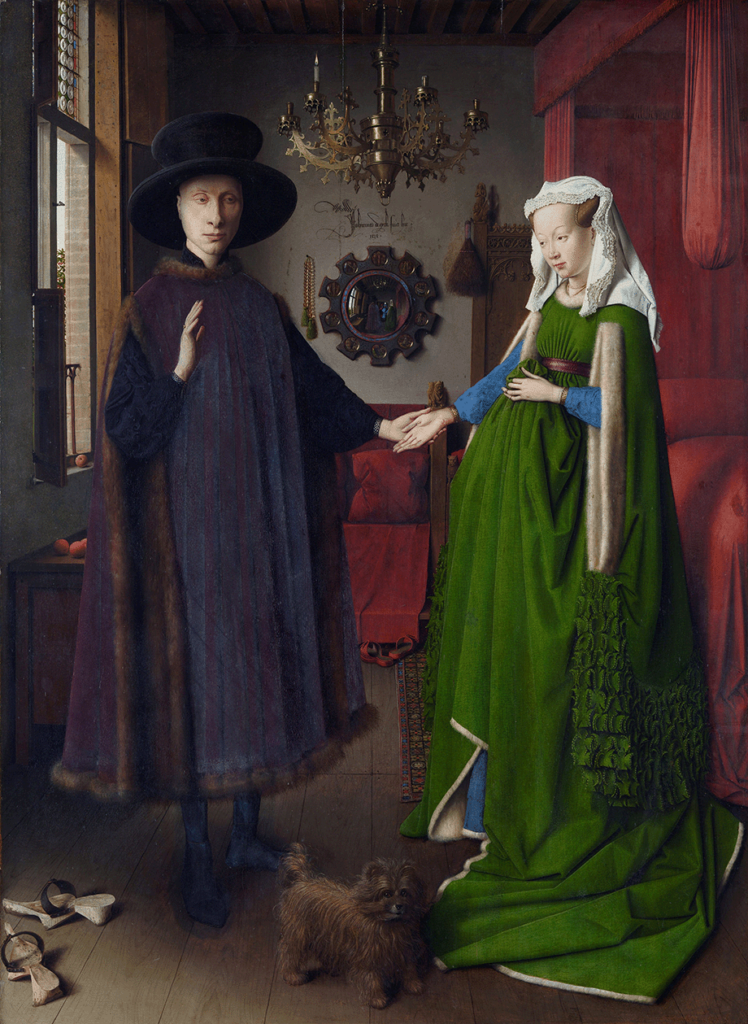Sing O muse of the wrathful Achilles, Peleus’s son
The Illiad – Homer
Who brought much woe upon the Achaens
Given the brevity and inconsistency of recent posts, I am this morning again in possession (for the moment) of inspiration for something a bit more long form.
In truth, last week I had gotten busy in the studio and had resolved to just skip posting on Sunday, but I saw that my interview on Your Average Witch Podcast was going to be released, and of course it would be bad form to ghost on that.
So I cobbled some pics from the phone and posted a bit of something. I feel less than satisfied about that, but it’s again that struggle between the time to do the work, and the time to talk about doing the work. And doing the work needs to become my priority.
Finding the balance is an ongoing task, but then there is that return of the inspiration that fueled the first year of articles, and the rewards of writing as an artistic work in itself.
So this is why I began with the opening line from Homer. His second great epic, The Odyssey (which may have come first in a very Hollywood prequel fashion) opens with:
Tell me O Muse, of that man of great resourcefulness,
The Odyssey – Homer
who wandered wide and long after ruining the sacred citadel of Troy.
From both of these (and there are so many translations, but these are paraphrased to mine own sensibilities) it’s clear that the blind poet, if he actually existed as a person, felt the need to invoke a deity to begin his works.
To the modern mind, this is simply the blandishment of poesy, oft copied by the modern romantic odist. Yet to the ancient Greek, and certainly to his audience, this was a very real and clearly magico-spiritual invocation.
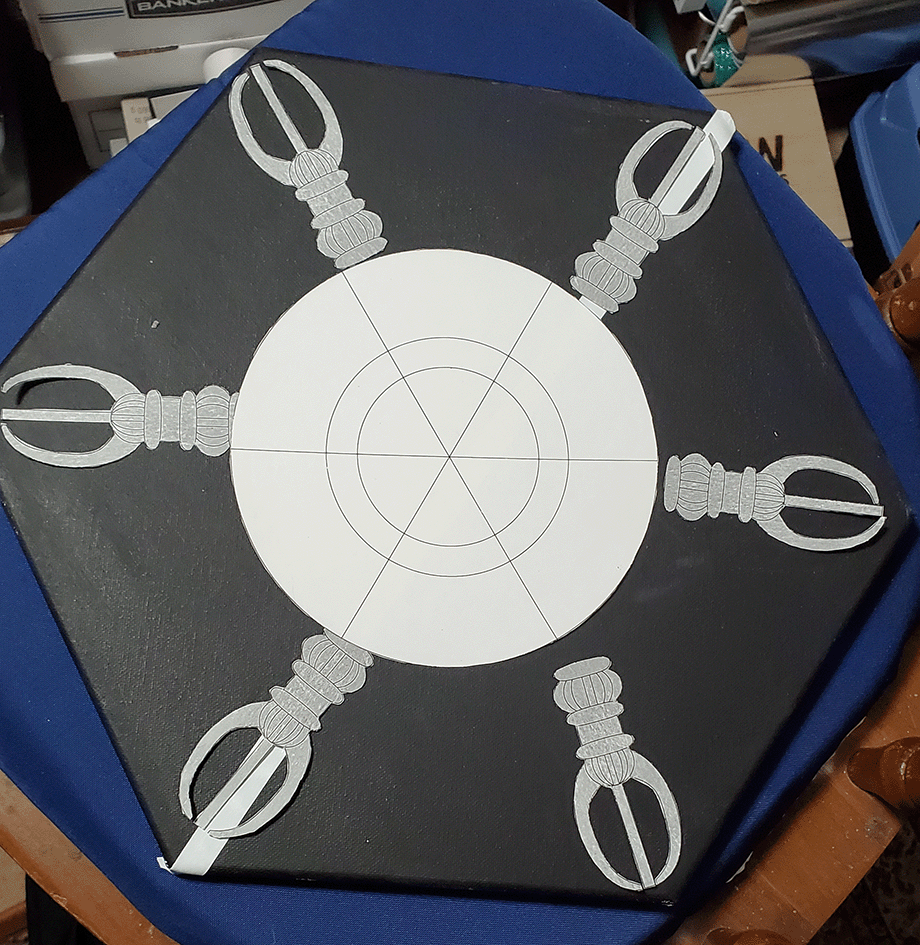
When I obtained the objects, there were two version, one that had the “claw” shape on either end, which is the more usual, I believe, and one that had four such “heads” in the shape of an equilateral cross. In my earliest working with them, I found that putting the two ended one across the four ended one seemed to generate a natural jolt, so this variation came about. The next logical extension was to put it over a hexagon (and this then also connects it to the merkaba shape). From there ideas for representing it two-dimensionally began to flow into my mind.
Several additional images sprang from this, so I believe that the “jolt” I speak of has definitely opened me up to something, and I’m going to run with that. If the end images find an audience, then that’s great, but one does not create a mandala to sell it. The purpose of the mandala is in the creation.
At very least, the invocation of Calliope (muse of epic poetry) would be equivalent to the modern “break a leg” used by actors in the theater to warn off a bad performance. That still, is a summoning of spiritual intervention or influence in the forthcoming endeavor. It is a summoning that Homer in his recitations would have felt necessary, and one his listening audience would see as supremely important.
Angering the gods, after all, was what the whole Illiad and Odyssey thing was about. Acknowledging their role, then, in the performance of the work, was necessary, especially if one was to get their cooperation for tomorrow’s matinee show.
The artist, poet, and musician in our modern times use the muse euphemistically to mean that spark of idea that comes from seemingly nowhere, that informs the work, and provides an energy and mood that makes the creation of art a joyous and uplifting thing.
Working without the muse, is to descend into the mundane and commercial and technical.
It bogs down progress. It leadens the spirit. The end result, while perhaps technically correct and adequate – possibly even superior in its way, is never as alive as that work produced through the hands of inspired spirit.
In the quickly composed article of last week, I alluded to working on two different projects. One was a life painting which provided a number of challenges and rewards, but might hardly be called “muse-inspired” That is, the work was essentially a response to the scene before me, and the artistry was in how I would translate that scene to the paper, given the tools available. It is not without joy, mind you, and it is intuitive as well as technical, but it comes from a place very much extant and “real”.
The second piece, underway in the studio, while appearing to be more rigidly technical, is actually the piece that is more inspired from spiritual or preternatural source. It is a painting that has no external analog, and it something that grew from working with certain symbolic tools from Hinduism and Tibetan Shamanism, and Buddhism.
I acquired the tools as my interest in some of the various esoteric teachings of these related cultures attracted my attention in recent years. But the inspiration is not from any of those teachings. It was a flash, and then that flash expanded, and then the image formed in my consciousness. I sat about trying to bring it into greater focus mentally, and then eventually began to construct it with a sketch and then that sketch became a blueprint -a very structured drawing that would allow me to express this image on canvas as I had conceived it.
This path to the thing is by no means as clear and relatable as the one people who were walking past my table at the restaurant looking at the painting of the street scene could easily make out.
And this is the nature of the muse moment. It is that quicksilver revelation that may only be experienced directly, that words fall short of describing. Like the climax of the passions, even the tongues of poets strain to convey the full transport of it.
And this got me to thinking about the experience referred to in todays occult world as Unverifiable Personal Gnosis, or UPG. The thing that we “know” or are given to know that hasn’t come to us through teaching or tradition or externally demonstrable scientific proof.
We simply know.
UPG is a hot-button topic in discussions of magic. In a world dripping with Tik Tok hot takes on so many ideas and traditions, anyone asserting personal revelation as a key to their practice is almost immediately going to be the subject of skepticism, scorn and ridicule.
But the artist’s muse is exactly that experience. It is the thing that comes from nowhere, that we just know to be right. We are moved to create by it, we are almost compelled to get it out on paper or canvas or into clay before we lose that brief spark.
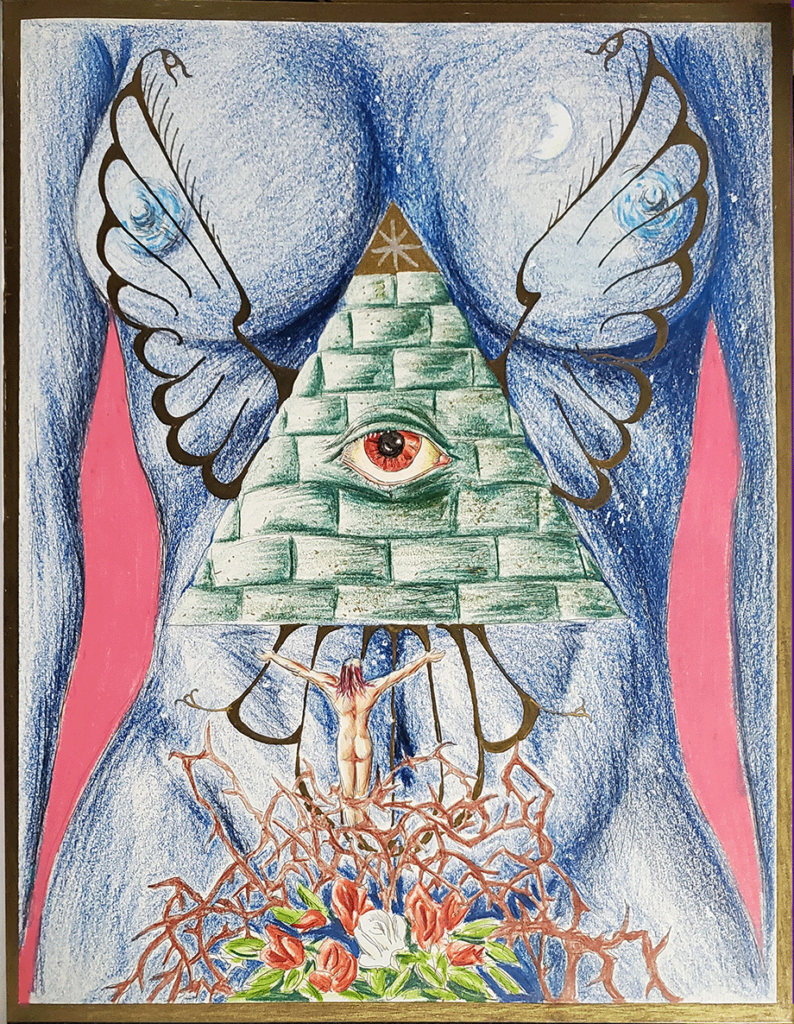
As time passes, however, one may find themselves pushed into a kind of conformity, whether this is to bring about a desired commercial success or because they become used to working in a place of comfort. Perfection may not be the enemy of good, but every artist has a near perfect image in their mind when inspired. That this perfect image may not be executed due to limitations of skill, media, or even mood, brings about a paralysis. The dread of being frustrated bars action. Like writer’s block, the canvas sits empty, or the artist produces only what they are comfortable doing.
It’s a hard-learned lesson that the making of the work is the reward. How the world will react is out of the control of the maker. If the end result is satisfying, or even elating, then this is an added boon. If the anticipated frustration wins out, the final piece is not up to the intent of the artist, or is rejected by audience and critic, then this will either inform the artist to improve, or to change their approach.
To do otherwise is to stagnate, and eventually decay and be replaced by those willing to keep striving.
As an occultist and an artist, my muse moments are frequently indistinguishable from the UPG.
Frequently the creation of the art is a means through which the esoteric and often obscure message of the UPG sheds itself of the dross brought across from the other side, and becomes full-fledged and full formed in my consciousness.
Sometimes the thing comes clear to begin with, and the execution of the artwork is the goal of process. It is a magical construction that has some sort of purpose.
Perhaps it is for me personally.
Perhaps it is an homage or gift to a particular spirit (consider it like a magical commission to paint a portrait).
Perhaps it is destined to hang on a museum wall in some distant future when I am gone to dust, and pass along it’s true message to a lucky soul who will know how to make use of it.
To be fair, I am not often sure of that purpose, even when the bell rings loudly and the image is fully formed and yelling at me to paint it.
As an artist who draws upon dream imagery and such subconscious inspiration as this, I may often be employing symbols from many cultural and magical systems. I do not see this as an exploitation, because I am responding to the voice of the muse. It is what is being sung to me. I am one who believes that all these various cultural and magical systems are the shared heritage of a human race, and that they all developed from the same source so long ago that we do not fully understand how or why they came about.
Human beings make art. Human beings practice magic.
Other animals use tools and mourn their dead and have complex social structures for the getting of food and the rearing of young and protection of the social group.
But it is our relationship with the muse that began our great journey as a species out of that plain, to an awareness of our cosmos, and hopefully a dawning understanding of the importance of that journey. After eons of exploitation of the Mother of Us All, we have reached a point where our population is threatening to alter the nature of the planet in ways that may not be recoverable.
Looking for a purely technical solution does not really appear to be working. There is a deplorable tendency for such advances to be held and hoarded by the few elites, who will use to add even more pieces of silver to their burgeoning coffers. Even if this were not the case, having such solutions adopted across cultural boundaries with very different ideas of the nature of our cosmic experience is difficult.
Fear and ignorance are at least as much a barrier to solving our looming ecological crises as greed and avarice.
The occult community is not free of these issues. In many ways what I have observed on social media in the last year or so is a microcosm of these larger issues. People fixate on dogma. People separate over traditions. People argue trivialities. All the while asserting, ironically, that they are building a future free from these trappings of the patriarchal capitalistic monotheist religions that “stole” their traditions.
As the late great Jimmy Buffet puts it, “It ain’t that simple.”
Opening ourselves can be a difficult process. We are creatures of both habit and environment. We may have been brought up to believe in one thing, and even if we later rebel or refuse or escape from it, the influence of it is permanently there. This is the same for society as a whole as it is for the individual. Thus the systemic change necessary in the widely variable human culture, nuanced by thousands of years of tradition, lore, and history, and hemmed in by very different economic realities, is not something that has a simple, immediate or even generational solution.
I’m old enough to remember when the hippies were going to change the world. Peace and Love for everybody regardless of anything that was different.
Some things did change. Some things that changed only appeared to change. And still other things were simply sweep under a convenient rug in a “developing nation” where the self-righteous no longer had to smell it.
Thus conveniently removed, such distasteful things as slave labor, environmental pollution and unbelievably unsafe workplaces were pronounced “fixed” and convenient and cheap production went on to fuel the fortunes of tech billionaires and global corporate e-tailers.
The new awareness of a new generation that these old things didn’t actually get fixed is much the basis of the widening gap between those hippies (now designated “boomers” in the most derogatory way possibly). my own generation who were basically let run feral for a couple decades as said boomers grasped at a fading youth, and the “millennial” (also a derogatory designation) , Gen Z, and whatever the newest group are being grouped as.
The generation gap was a thing invented in the 1960s, and wow, retro again today. This may be the first time in our history as a species we’ve had so many generations around to be blaming each other for whatever great ill and frustration confronts them.
I knew one of my great grandmothers. She was born in 1895. In her lifetime we advanced from the steam locomotive to having people land on the moon. In my lifetime, we’ve gone to a permanent human presence off the planet, in orbit, capable of phoning home to anyplace in the world. We have a global community with near instantaneous communication, and it is no longer possible for iniquity and injustice to hide in the dark. But somehow they still manage to do so.
Somewhere there’s a war going on. Somewhere there’s always a war going in. Somewhere hate is driving action. Villages are burning. People are dying. Somewhere someone is making bank on that. This is the human condition as it was since we came down out of the trees, and began struggling for finite resources on a small rock in the middle of a great big inhospitable nothingness.
We haven’t managed to fix that. Even in the utopian futures imagined by the science fiction fabulists, there is inevitably an “enemy” somewhere out there, who threatens the stability and peace of the protagonist society. That’s a construct, to illustrate the desired state of moral superiority in no longer being like said enemy.
I’ve been a believer in the brighter future of the Star Trek TV show since I first encountered in the late 60s and early 70s. Yet the first iteration had enemies that bore perhaps too close a resemblance to current foes of the American state. It’s hard to look at the “grand vision” and not see a certain jingoism. But it is a thing of it’s time. To hide the dialogs about war, bigotry, and other social issues, the producers had to provide the type of adversarial adventure that would get sponsors to pay because viewers tuned in. Later versions of the show attempted to show a rehabilitation of the relationship between those enemies (as foretold in earlier episodes). But that only meant that new enemies were discovered or invented that echoed the changing geopolitical climate.
Put most simply, we don’t even seem to be able to imagine a future where we won’t have someone somewhere at war for something.
That’s a frightening and profoundly disheartening thought.
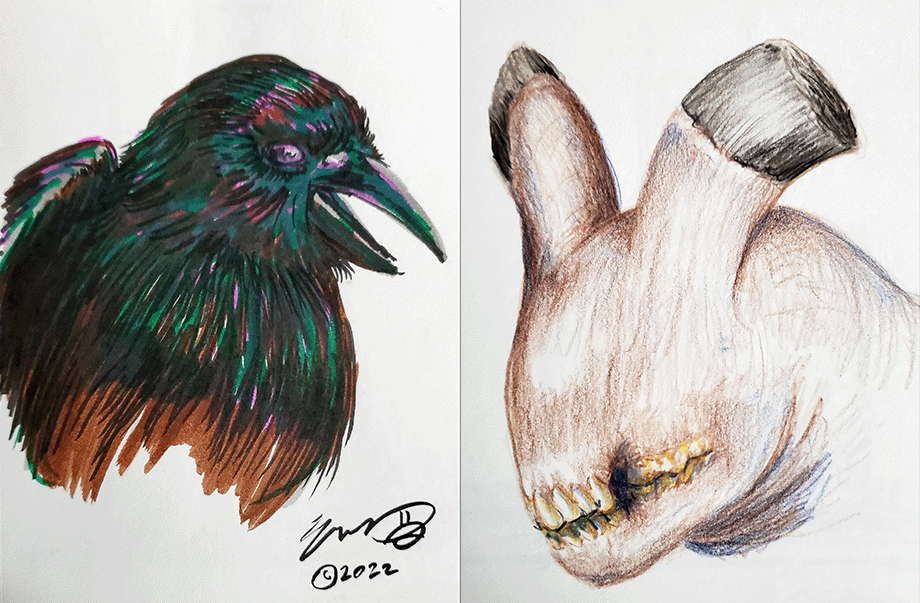
Of course that is also frustrating, and leads to dissatisfaction with one’s position and one’s life, and can feed back around into other aspects of one’s life and relationships. Creative people, whether they are painters or writers or musicians or inventors or motivators, have an almost physiological need to harken to the call of the muse. When they are stifled in this process, whether through their job or their personal life, they will suffer at a very deep level, sometimes without even realizing it.
That I am capable of creating things that are arcane, odd, eerie, and disturbing, while at the same time able to produce mainstream mass market traditional imagery, and enjoy doing both, is testament to a long life of contemplating that issue. If someone is attracted to the one, but the other causes them to not buy my work, that’s fine. I really don’t want my work owned by someone like that. And it doesn’t matter if the potential buyer wants the creepy stuff but is put off by the normal stuff, or vise versa. If they are unable to enjoy the image they are attracted to because my other works are upsetting to them, then again, I’d rather not have them owning either work.
Both come from the same head, heart, and hand. I have nothing to prove. This is my time to make the work for me. If you like it, great. If you don’t, well, that’s about you.
And perhaps it is the frustrated musings of an aging artist, who sees the ticking away of the days, and the accompanying difficulty of making the work, particularly at a time when the voice of the muse may be coming clearer than it ever has.
I celebrate that I am lucky enough to have reached the age when I can contemplate making work simply to please my own soul. That is not to say that I haven’t, and didn’t have opportunities to make works of this kind over the years. But in those years between the experimental freedom of youth and the late stage of a career, there is first and foremost the need to make a living.
Providing food, shelter, care, and comfort for oneself and one’s chosen family is no sin. We can wrangle with the moral implications of the few super rich occupying the highest echelons, and the disparity between our relative comfort in the Western World, at least if we are part of a particular ethnic background. But to be alive is to have certain real needs, and these are not met by wishful thinking, or philosophical stance.
I have made art for myself. I have made art for others. And I have made art for money.
I will make art for myself. I hope to make art for others. And I have no doubt that I will make art for money.
This is neither selling out nor compromising my artistic integrity. There is still joy in the creation of subject matter that has a more “commercial value” even if that is not where the muse sings loudest to me. On the other hand, my willingness to see that experience as joyful, as valuable, as something that helps me grow, has been rewarded by a flood of visions and ideas that are fresh, and freely given. I am encouraged to conceive of works that in earlier parts of my life I would have found strange, or uncomfortable. I have broadened my own thinking of what the moniker of “occult artist” might include, and feel like I have passed the secret door to a whole new cave of wonders.
And in receiving these new songs, I feel that many things I’d once have considered “too far out there” may actually also have “commercial value”.
The frustration, of course, is having so much I want to do, and struggling still for the time to do it. The mundane and necessary business of business that puts food on the table, a roof over my head, meds in the cabinet, savings in the retirement fund, and keeps my cats in the manner to which they’ve become accustomed still takes priority over my desire to execute the next grand idea.
So I beg indulgence, O Muse, that you have patience. Do not withdraw from me because you mistake my need for the daily bread an indifference to your gift. Understand my struggle to sip the nectar of your song at the end of an exhausting day in “the real world”.
I know that your cup holds restoration and healing. Were that I had strength but to bring it to my lips.
You’ll no doubt notice that this article has returned to the previous Wednesday at 5:00 PM Central Time live date. That was working. The reschedule was not. If it’s not broke…
The muse responsible for these articles seems to be cooperating again, in concert with her sister more involved with the visual and plastic arts (or they may be one and the same). If such favor holds, I’ll be here next week.




